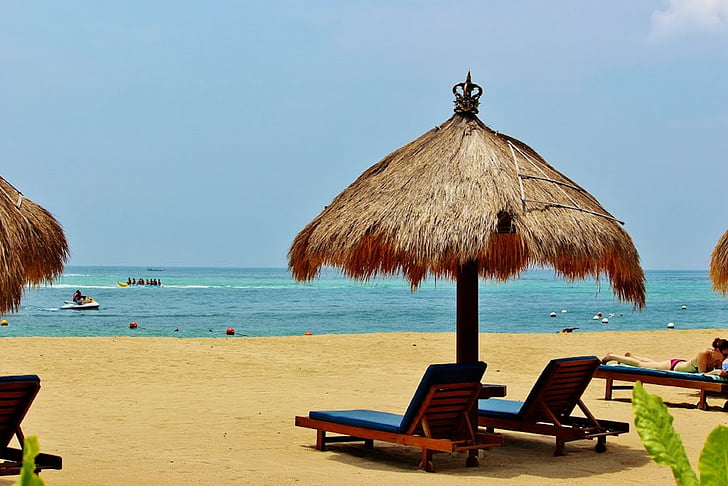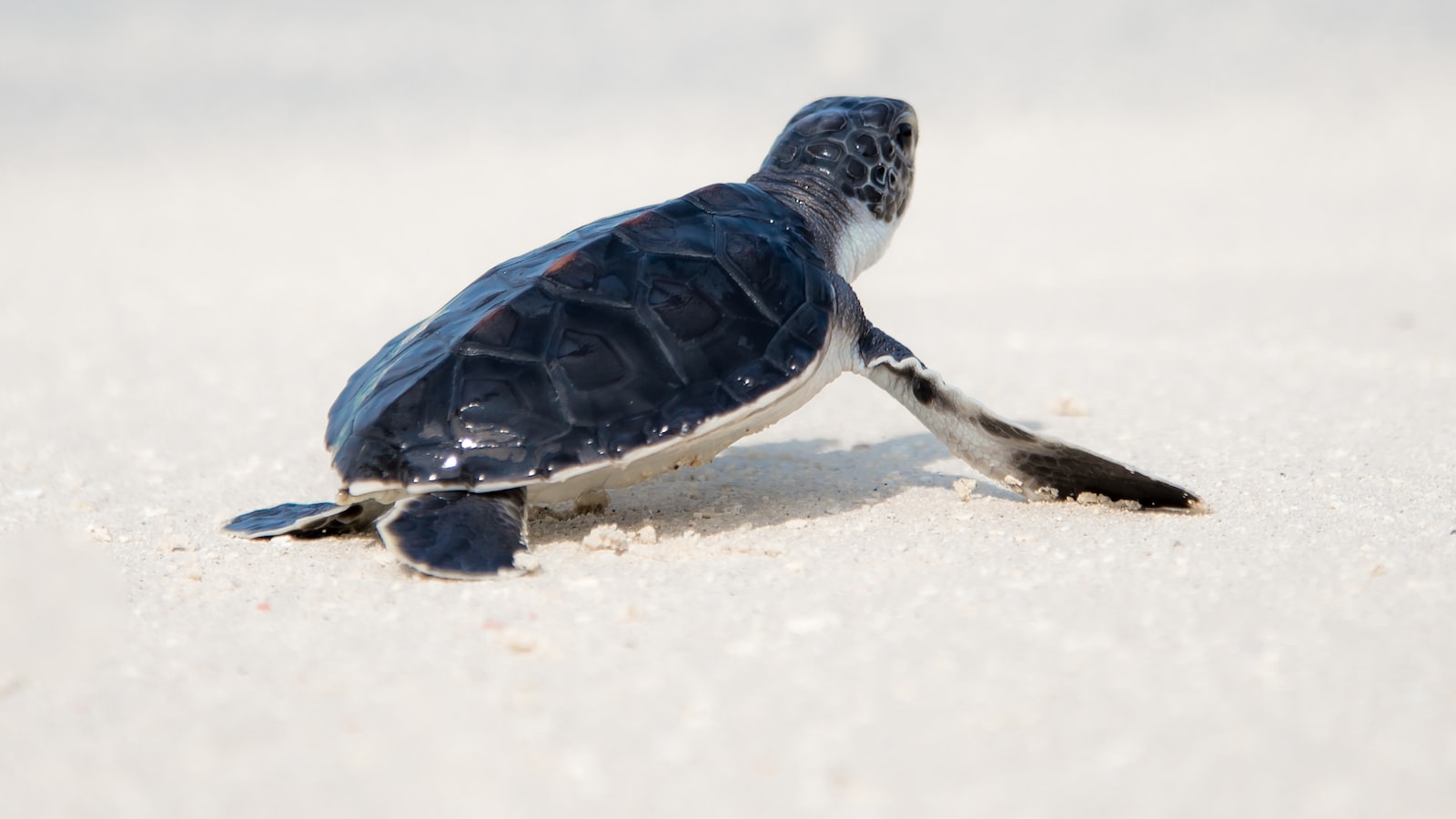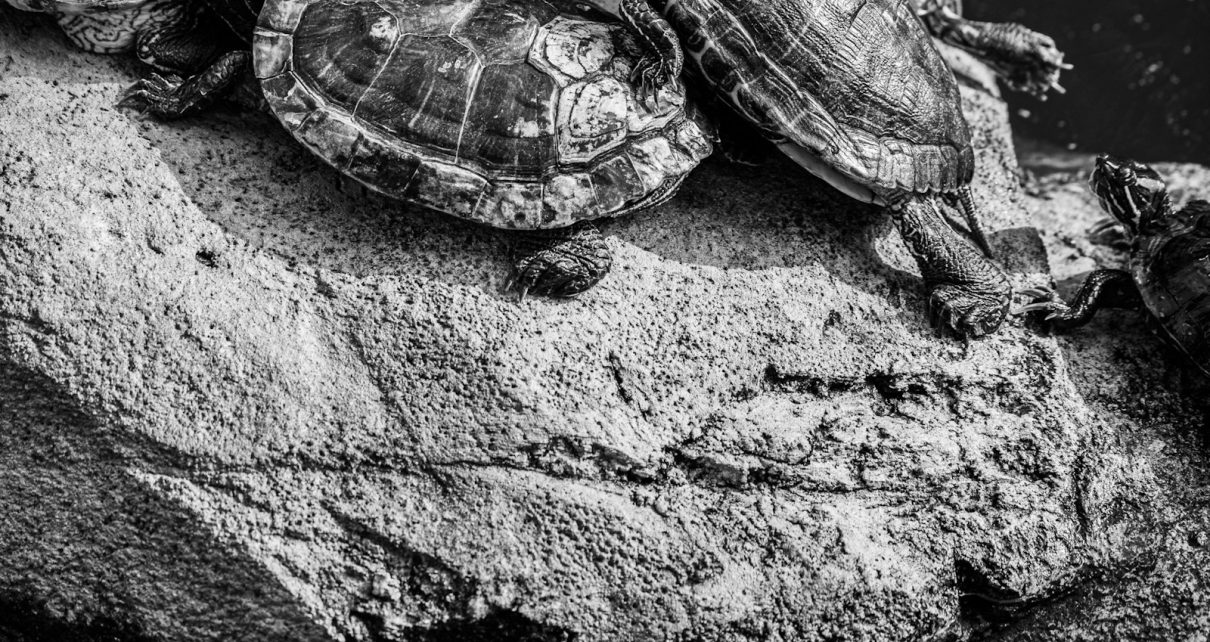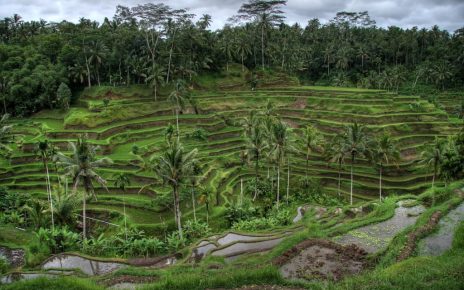Diving beneath the hypnotic waves and into the world of Bali’s exotic marine life, a hidden transformation is quietly taking place. As vibrant coral reefs and mystical creatures captivate the hearts of eager tourists, little do they realize that their presence indirectly influences the delicate nesting habits of Bali’s magnificent sea turtles. Adapting to the ebbs and flows of human influence, these ancient creatures have begun to reshape their nesting routines, navigating the tides of change in an ever-evolving dance between nature and tourism. In this article, we delve into the fascinating phenomenon that is altering the destinies of Bali’s extraordinary turtles, shedding light on a shift that embodies both the wonder and the challenge of harmonizing conservation and exploration. Peering into the depths of this captivating tale, let us embark on a journey to unravel the intricate relationship between tourism and the timeless rituals of Bali’s resolute turtle inhabitants.
The Impact of Tourism on Bali’s Turtle Nesting Habits
As the picturesque island of Bali continues to attract a growing number of tourists from around the world, the local turtle population faces a new set of challenges. This surge in tourism has inadvertently disrupted the nesting habits of turtles, which are crucial for their survival.
| Tourism Impact | Consequences |
| Noise pollution | Disrupts nesting behavior |
| Littering | Threatens turtle habitats |
| Boat traffic | Dangers for breeding turtles |
One of the main ways tourism is affecting turtle nesting habits is through the erosion of nesting grounds. As more hotels and resorts are built along the coastlines, the natural sand dunes that turtles rely on for nesting are being destroyed. This not only reduces the available nesting space for turtles but also exposes their eggs to the risk of being washed away by the tides. Additionally, the bright lights from resorts and beach clubs can disorient baby turtles when they hatch, leading them away from the ocean and toward danger.
To mitigate these challenges, local conservation organizations and government departments are working together to implement various measures. For instance, beach patrols have been increased to monitor and protect turtle nesting sites. Special fences and signs are erected to prevent visitors from disturbing the nests, and educational programs are conducted to raise awareness about the importance of maintaining turtle-friendly beaches. Furthermore, efforts are being made to create artificial dunes and shield the nesting areas from excessive human traffic.
While is significant, there is hope for a brighter future. By promoting sustainable tourism practices and fostering a greater respect for Bali’s natural environment, stakeholders can ensure the longevity of these iconic marine creatures for generations to come. It is crucial that tourists and locals alike work hand in hand to strike a balance between economic prosperity and the preservation of Bali’s rich biodiversity.

Preserving Bali’s Turtle Population: Challenges and Strategies
As the picturesque island of Bali continues to attract a growing number of tourists from around the world, the local turtle population faces a new set of challenges. This surge in tourism has inadvertently disrupted the nesting habits of turtles, which are crucial for their survival.
The ever-expanding infrastructure for tourism, such as hotels and resorts, has encroached upon the traditional nesting grounds of turtles along the island’s pristine beaches. The bright lights, noise, and human presence on these beaches are causing the turtles to abandon their nests or lay their eggs in unsuitable areas. This disturbance is a serious threat to Bali’s turtle population, and urgent conservation strategies must be implemented to protect these ancient creatures.
- Creating Protected Zones: To safeguard the turtles and their nesting habitats, the government and local conservation organizations are establishing protected zones on beaches where nesting activities are most prevalent. These zones will be strictly monitored and regulated to minimize disturbance from tourists and human activities.
- Engaging Local Communities: Raising awareness and involving local communities in turtle conservation efforts is crucial. By educating residents and providing them with alternative livelihood options that promote sustainable tourism, the impact on turtle nesting habits can be minimized.
- Implementing Nighttime Turtle Patrols: Turtles predominantly nest at night, so employing trained volunteers to conduct regular patrols during these hours can help deter disturbances from human activities and poachers.
- Promoting Responsible Tourism: Tourists play a significant role in preserving Bali’s turtle population. Educating visitors about the importance of respecting nesting areas, avoiding the use





